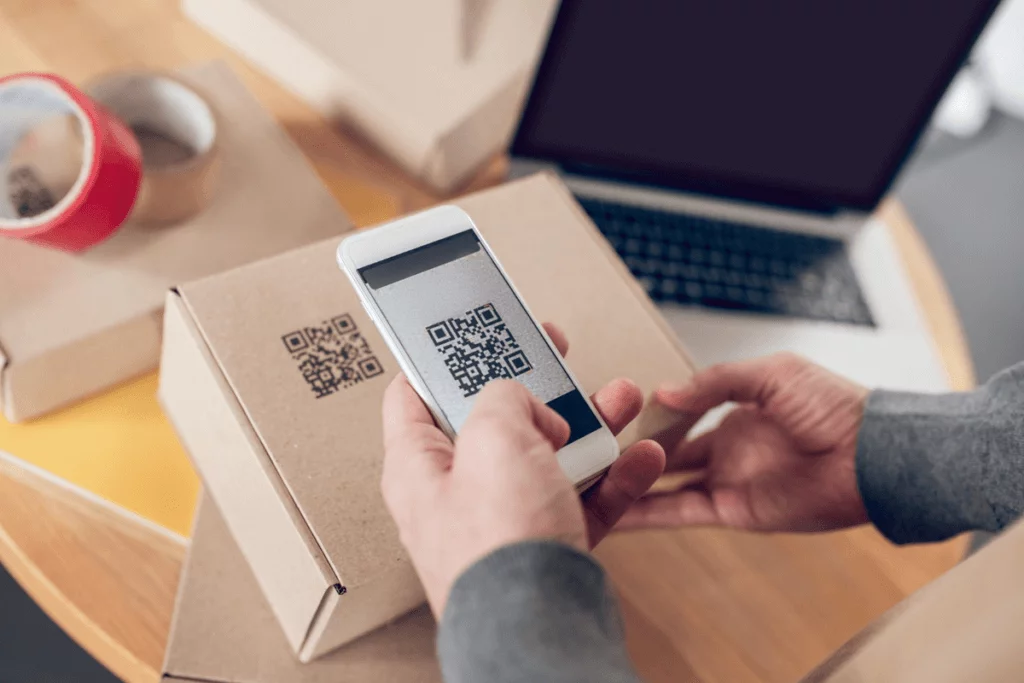In the realm of modern retail, technological innovations have transformed the way businesses engage with customers. One such innovation that has gained immense popularity is the Quick Response (QR) code. Originally developed in the 1990s, QR codes have experienced a resurgence in recent years, especially in the wake of the COVID-19 pandemic. With their ability to provide seamless and contactless interactions, QR codes have become a powerful tool for retailers to enhance customer experiences and streamline operations. In this article, we will explore how QR codes are unlocking the power of retail.
Enhanced Customer Engagement
QR codes offer retailers an effective means of engaging customers in meaningful and interactive ways. By placing QR codes on product packaging, store displays, or marketing materials, retailers can provide customers with instant access to a wealth of information. Scanning a QR code can lead customers to product details, user reviews, instructional videos, or even virtual try-on experiences. This engagement not only empowers customers to make informed purchasing decisions but also enhances their overall shopping experience.
Seamless Mobile Payments
One of the most significant applications of QR codes in the retail sector is their role in facilitating mobile payments. With digital wallets and mobile payment apps becoming increasingly popular, QR codes provide a secure and efficient method for completing transactions. Customers can simply scan a QR code at the point of sale to initiate a payment, eliminating the need for physical cash or credit cards. This streamlined payment process reduces friction at checkout and enhances convenience for customers, leading to increased customer satisfaction and loyalty.
Efficient Inventory Management
QR codes can revolutionize inventory management within retail establishments. By affixing unique QR codes to products or shelves, retailers can easily track stock levels and monitor inventory movement. Scanning QR codes can update real-time data, allowing businesses to identify low-stock items, streamline replenishment processes, and prevent out-of-stock situations. Moreover, QR codes can be used for efficient stocktaking, reducing manual errors and saving valuable time for retail staff.
Personalized Marketing Campaigns
The versatility of QR codes allows retailers to create personalized marketing campaigns tailored to individual customers. By integrating QR codes into loyalty programs or customer engagement initiatives, retailers can offer exclusive discounts, rewards, or personalized recommendations. When customers scan these QR codes, they are directed to personalized landing pages or targeted promotional offers. This level of personalization not only deepens customer engagement but also drives sales and fosters long-term loyalty.
Contactless Experiences
In a post-pandemic world where safety and hygiene have become paramount, QR codes have emerged as an essential tool for enabling contactless experiences. Retailers can use QR codes to provide touch-free menus, digital catalogs, or contactless ordering systems in restaurants and stores. This reduces physical contact between customers and surfaces, minimizing the risk of transmission of viruses or germs. QR codes have also been instrumental in facilitating contactless delivery or curbside pickup options, allowing retailers to adapt to changing customer preferences and provide a seamless shopping experience.
Conclusion
QR codes have transcended their initial purpose of tracking inventory and evolved into a powerful tool for retail. With their ability to enhance customer engagement, streamline operations, facilitate seamless payments, and offer personalized experiences, QR codes have unlocked new possibilities for retailers. As technology continues to advance, QR codes will undoubtedly play an increasingly significant role in shaping the future of retail, enabling businesses to adapt to evolving customer demands and stay ahead in an increasingly competitive market.


